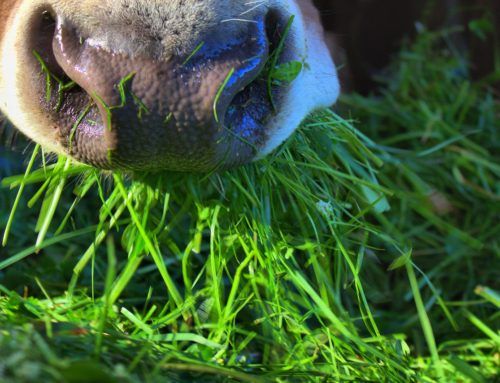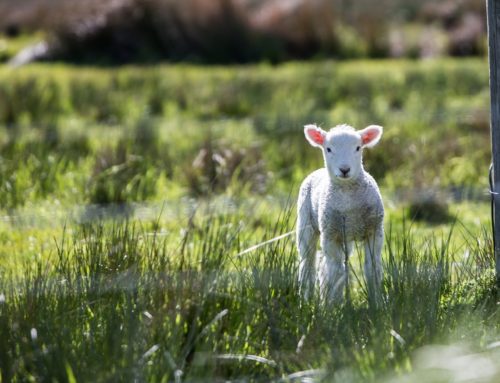Prorate your hay based on both the nutrient content of bales and the health status of gestating cows using these tips.
Meanwhile, back at home, cold and snow have arrived, and I don’t think anybody is emotionally ready for what’s to come.
If you live in the Midwest, then you know quite well what I’m talking about — 2018 and 2019 have been beasts for the weather. This past winter was particularly brutal with extremely cold temperatures and blizzards that continued to hit well into late April.
And just as the snow subsided, rain and flooding ensued, followed by a cold, wet summer and an equally cool and wet fall.
Needless to say, Mother Nature didn’t provide many opportunities to plant crops, put up hay, harvest crops or have good grass for grazing during the summer months. What pasture was above water was washy and lacked nutrients. The hay we did get put up was rained on and will suffer from quality as a result.
All around, 2019 was just not a fun year to operate at odds with Mother Nature, and I know I’m not the only one to say — 2020, you better have something better in store for us!
Now that I have my moaning and whining out of the way, the point of me recapping these weather events is to highlight that for so many, hay and forage resources may be limited this year and what is available may not be the highest quality or maybe lacking in key nutrients our gestating cows need as they enter the second and third trimesters of their pregnancies.
Read more: https://www.beefmagazine.com/nutrition/be-strategic-feeding-hay-winter




